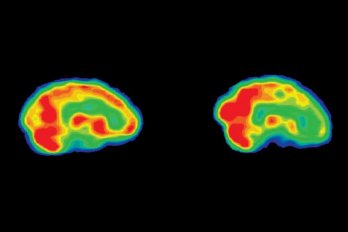…some skeletal remains initially thought to be single bodies were actually two people fused together by searing temperatures.
—cnn, February 12, 2009
There are always bodies to discover
at each disaster, in a range of states,
from seeming sleep to a charred disorder.
But once the inspections begin in earnest,
expect this death count to escalate
when the scorched landscape is closely assessed,
teeth and dna separated, filed
as discrete razed histories, aggregates
of last moments and final acts, the wild
fires closing in like inverse-shadows
cast by a speeding sackcloth sun; innate
desire to touch, like first love, pupils aglow.
It’s common enough to come across pairs
of bodies, washed up in the surf like dumped freight,
broken on the pavement beneath barely-
there buildings, or even camouflaged
in the charcoal and atomized silicate
of a brushfire, but harder to tell which vague
strewn ember was once man or woman,
or which was both; entwined in conjugate
burning, the heat put to use and flames fanned.
Falling or burning, embraced against the end;
what-was-once-two closes in, supplicates,
smoulders down to one corpse, crumbles, ascends.
This appeared in the November 2010 issue.





